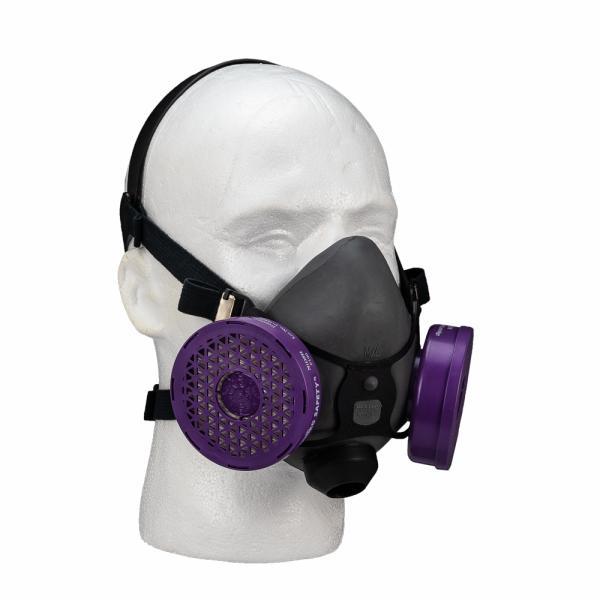Respirator Clearance and Fit Testing | Important For Workers

A respirator fit test together with lung function testing is an important part of ensuring the health and safety of workers who may be exposed to hazardous materials. A respirator fit test determines whether a worker can wear a respirator clearance effectively. It is important for workers to receive a fit test before they begin using a respirator, and it is also important for employers to ensure that their workers are tested regularly.
Respirator Clearance is Important
According to experts who provide WHS consultations, there are a number of reasons why respirator clearance is important. First, a respirator that does not fit properly can be dangerous for the worker. If the respirator does not fit well, it can leak and allow harmful substances to enter the worker's lungs.
Second, a poorly fitting respirator can cause discomfort and fatigue, which can lead to workers being less alert and more likely to make mistakes. Third, if a worker is not able to wear a respirator safely and effectively, it may be necessary to find another job that does not require respiratory protection.
Fit Test
There are generally two ways of carrying out a respirator fit test; qualitative and quantitative. Qualitative fit testing relies on the worker's sense of taste, smell, or irritation in order to determine whether or not the respirator is a good fit.
This method is generally less reliable than quantitative fit testing, which uses a machine to measure the amount of leakage around the seal of the mask. Quantitative fit testing is more expensive and requires special training, but it is generally considered to be more accurate.
Final Things to Know
Respirator fit testing is an important part of ensuring that workers are able to safely and effectively do their jobs. By understanding what respirator fit testing is and how it works, employers can make sure that their employees are protected from harmful substances in the workplace. In most countries, it is required by law that employers carry out regular fit testing on their employees who use respirators.
- Industry
- Art
- Causes
- Crafts
- Dance
- Drinks
- Film
- Fitness
- Food
- Games
- Gardening
- Health
- Home
- Literature
- Music
- Networking
- Other
- Party
- Religion
- Shopping
- Sports
- Theater
- Wellness
- News


